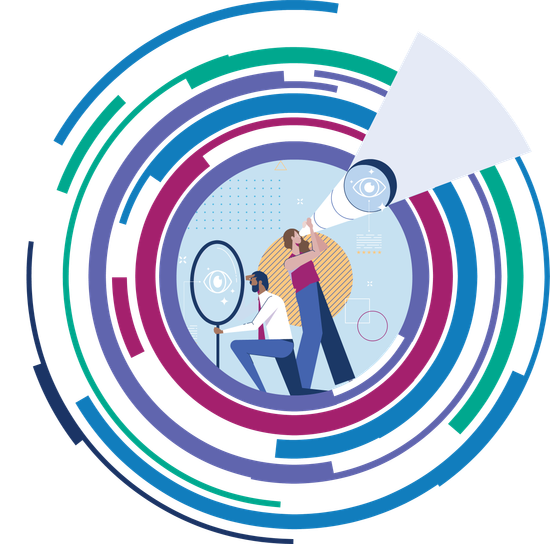
The course “Foresight Approaches in Global Public Health” provides an overview of various methods and tools that can be used to understand emerging trends and changes with a futuristic lens and to explore their potential impacts on global public health. Foresight creates space for thinking about new opportunities and possibilities, taking a longer-term perspective, and articulating current needs and priority actions that can be taken to shape the preferred future scenario.
The course has 4 modules and an assessment. The assessment is to be taken post completion of all the modules.
Language: English
Health topic
Course information
When we think about the future, we are imagining what might happen according to our experience and judgements. Imagining the future can be influenced by our personal biases and judgements. Applying Foresight and its methods enables us to manage those biases and challenge current assumptions. Foresight methods assist us in thinking critically and systemically about change and its implications for both emerging risks and emerging opportunities. It helps reduce blind spots about potential changes and their impacts.
The target audience for this course are technical teams and mid- to senior-level professionals responsible for planning, prioritisation and strategy setting. This includes WHO staff who plan and manage technical and operational functions as well as all external stakeholders in global health and life science research who may benefit from the Foresight approaches.
Course Duration: Approximately 2.5 hours.
Certificate: A Confirmation of Participation will be issued to participants who have completed 80% of the learning materials in the course.
What you'll learn
- What Foresight involves and how it can be used in the context of global public health
- Various tools and methods that can be applied to develop futures thinking
- Different kinds of mental biases and shortcuts that obstruct futures thinking and how foresight approaches can help manage these biases
- How Foresight can be applied in global public health, for example in identifying and evaluating emerging technologies, mitigating biorisks, and being better prepared for future epidemics and pandemics
Course contents
Module 1: Introduction to Foresight:
By the end of this module, you will: Define the concept of Foresight and the importance of futures thinking. Explain the different kinds of mental biases that prevent futures thinking. Discuss the role of Foresight activities in global health.Module 2: Start using Foresight:
By the end of this module, you will: Explain how to use Foresight approaches in simple steps. Guide Foresight discussions using relevant questions. Describe some possible methods and approaches in Foresight. Explain how Foresight can involve a single method or a combination of methods depending on the objective and the available resources.Module 3: How Foresight can be applied in different global contexts:
By the end of this module, you will: Explain the core Foresight activities in WHO and how they can be applied to global health. Discuss the goals of the Global Health Foresight function at WHO. Explain how Foresight can be used as a tool for mitigating risks associated with advances in science and technology. Describe how Foresight can be used a means to anticipate and better prepare for future epidemics.Module 4: Course Summary:
By the end of this module, you will: Summarize the key points learnt in the course.Module 5: Assessment
Additional reading resources
Enroll me for this course
Certificate Requirements
- Gain a Confirmation of Participation by completing at least 80% of the course material.